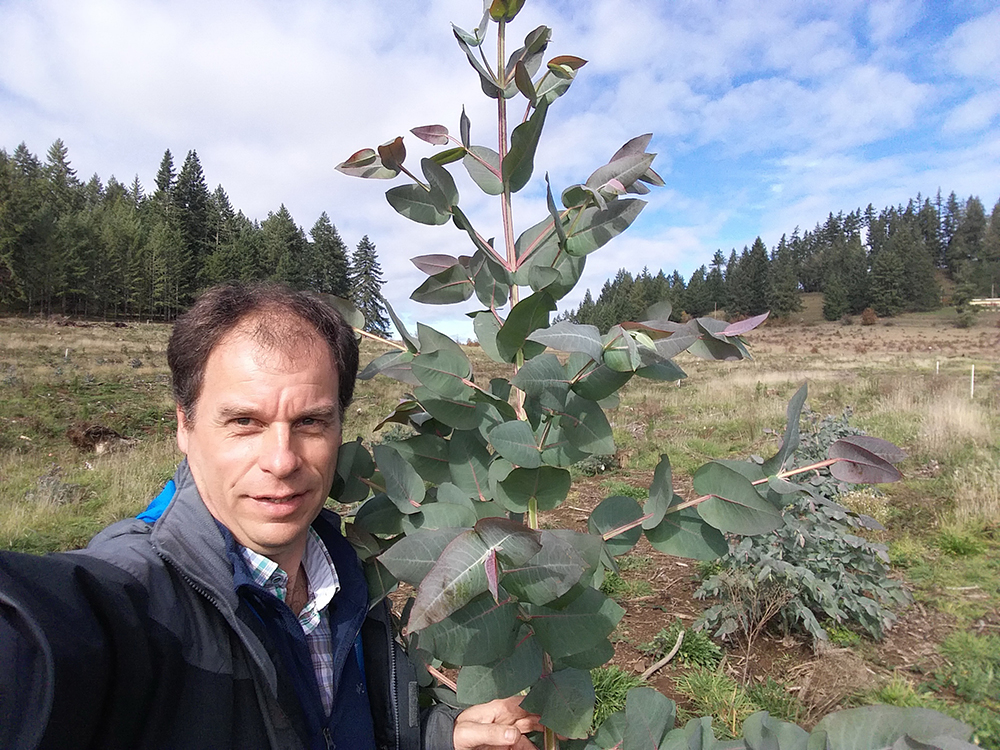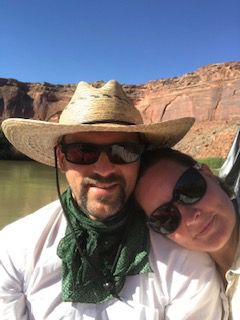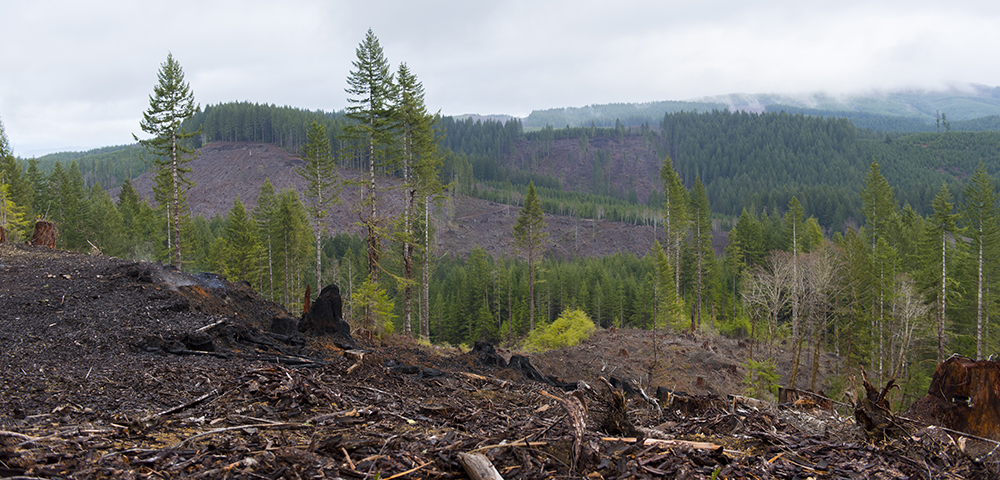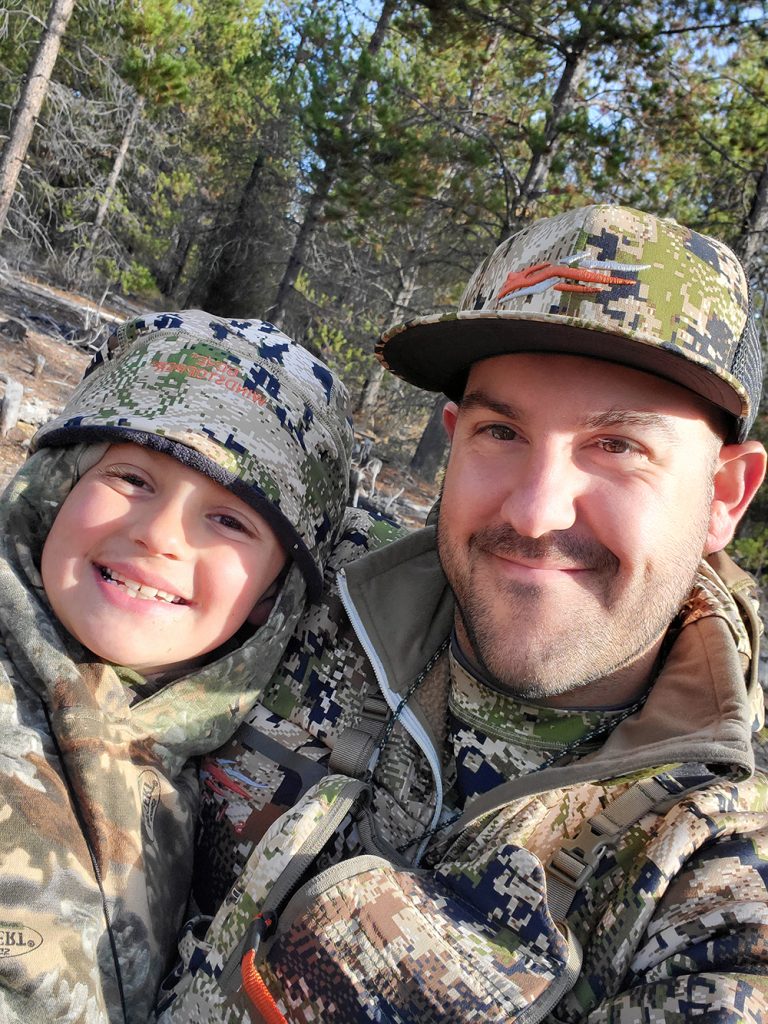What do you do here in the College of Forestry?
I’m a research associate. I finished my Ph.D. in Portugal and worked for two years as a corporate scientist for a company there. I found my postdoc position thanks to a connection I made at the U.S. Forest Service, and from there became a research associate. I’ve been here about five years.

What I do is mostly wildfire and landscape modeling. We run these landscape models to do what-if scenarios and see how a particular landscape would change if you ramp up forest management, increase wildfire under climate change, increase population density.

Did you know about Corvallis before you landed here?
Not at all. I had to google it. I spent one year here during my Ph.D., but I was in the Bay Area and Los Angeles, so that kind of environment is what I had in my head when I came here, and it was a shock, but the people are nice and the work is great. I’ve made friends and found community.
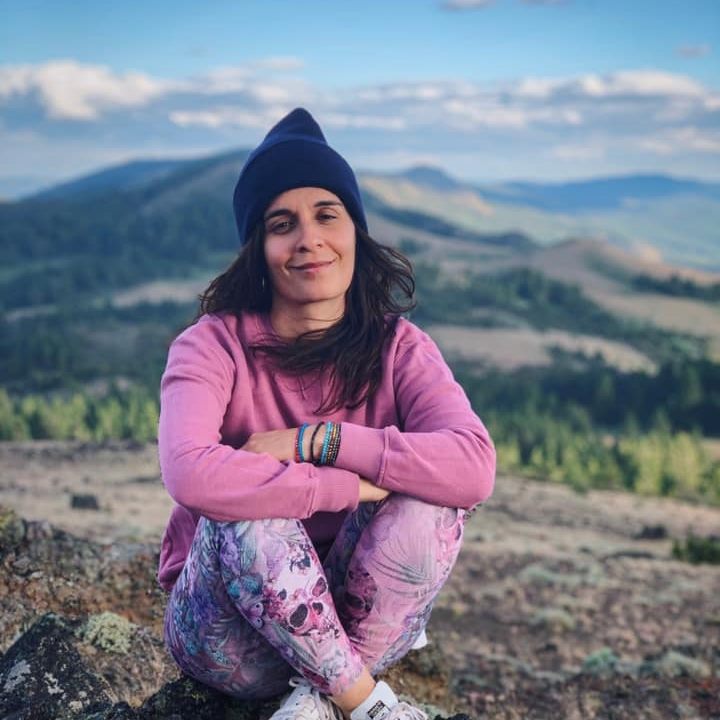
How did you become interested in studying forestry, and specifically wildfire?
Portugal has a lot of wildfire. One year when I was in school was particularly bad, and that term, I had my first class in fire ecology. The professor of that class ended up being my Ph.D. supervisor. He came in and debunked all of these crazy theories about wildfire and explained the social and ecological aspects of it. I found it really interesting, and I decided it was what I wanted to do: help people understand how things work based on data, provide them information, and let them make up their own minds about it.
What is your favorite part of the work you do now?
I like when the results show something I wasn’t expecting. There are instances where we think things might go one way, but they go another way. Surprises are the best part!

What do you do outside work?
My family is in Portugal, and I have friends all over the world, and in different time zones, so I spent some time chatting with them. I like true crime podcasts, embroidery, Netflix, gardening…
What are some true crime podcasts we should know about?
One of my favorites is called ‘Crime Writers On…’ They comment on upcoming podcasts or TV shows and give their reviews. Based on that, I decide what to listen to or watch. I like stories that give you an overarching view of a problem. One, called ‘Missing and Murdered’ explored an indigenous girl in Canada that disappeared, and that led to exploring issues of Canada’s residential schools and reparations with first peoples.
How did you learn to embroider?
I taught myself by following Instagram accounts. I can’t paint or draw, but embroidery comes naturally to me. I started by upcycling sweaters or sweatshirts, and now I’m making a lot of architectural ones, like the lookout where my partner works and my parents’ house. I like hobbies where I can create something to hold in my hands and show people.



